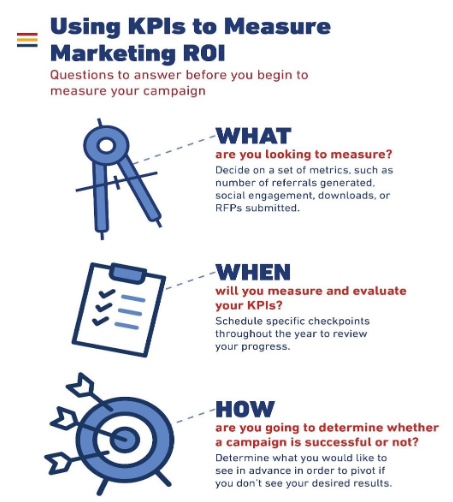
Starting Social Media for Your Small Business
Starting Social Media for Your Small Business
“I’m stuck. I don’t know where to start with social media for my small business.”
Does that sound familiar? If so, you’re not alone! Today, social media is one of the biggest challenges many small business owners face. Just this week, a client of mine was stuck on this very issue.
My client, a passionate entrepreneur running a small financial advisory firm, was overwhelmed by the sheer number of social media platforms and the constant need to generate engaging content. She confessed that she didn’t know where to start, so she had avoided it altogether.
When I asked her how she was handling social media, she admitted, “I just don’t do it. I don’t know what to post, and I feel paralyzed by the options.”
Strategy and Planning
The reality is that sometimes you know there are things you need to do to grow your business, but indecision and paralysis stop you from getting there. This usually stems from a lack of strategy and planning. Here’s how we tackled her social media challenge:
Step 1: Define Your Goals
The first step is to identify what you want to achieve with your social media presence. Whether it’s increasing brand awareness, driving traffic to your website, or boosting sales, having clear goals will guide the rest of your strategy.
-
- Brand Awareness: Are you looking to increase your brand’s visibility and attract more followers?
-
- Customer Engagement: Do you want to engage more with your audience and build a community?
-
- Lead Generation: Are you aiming to generate more leads and convert them into customers?
Step 2: Know Your Audience
Understanding who your target audience is will help you tailor your content. Create buyer personas to identify their interests, preferences, and behaviors. This makes it easier to create content that specifically speaks to them.
Step 3: Select the Right Platforms
You don’t need to be on every social media platform. Pick the ones that align with your business goals and where your audience spends most of their time. For instance:
- Instagram: Great for visual content and engaging younger audiences.
- Facebook: Ideal for community building and sharing a variety of content types.
- LinkedIn: Perfect for B2B businesses and professional networking.
- Twitter: Useful for real-time updates and client interaction.
Step 4: Create a Content Calendar
We immediately got to work and created a content calendar. When tackling the challenge of content creation, you really need a plan that outlines what content to post, when to post it, and on which platforms. This removes the guesswork and ensures consistency.
- Content Mix: Balance promotional content with educational and entertaining posts.
- Frequency: Determine how often you’ll post on each platform.
- Themes: Plan out themes for each week or month to keep your content varied and engaging.
Step 5: Leverage Tools and Automation
Setting up a system for social media management helps automate the process, saving time and reducing stress. Tools like Hootsuite, Buffer, and Canva can help schedule posts, track performance, and create visually appealing content.
- Scheduling: Use tools to schedule posts in advance, ensuring a consistent posting schedule.
- Analytics: Track your performance to see what’s working and adjust your strategy accordingly.
- Design: Use graphic design tools to create professional-quality visuals quickly.
Overcoming Indecision and Just Starting
By setting up a system for managing her social media, my client felt like it was doable. The more you can automate your routine, the faster you’ll achieve your desired results. Now, she never gets caught in the indecision and paralysis trap.
Engage and Evaluate
Once you start posting, engage with your audience. Social media is all about building relationships and communication – so make sure to do that – respond back to their comments on your posts. Regularly evaluate your performance and adjust your strategy based on the insights you gather.
Conclusion
Getting started with social media for your small business doesn’t have to be daunting. With clear goals, a well-defined audience, a solid content plan, and the right tools, you can create a powerful social media presence.





